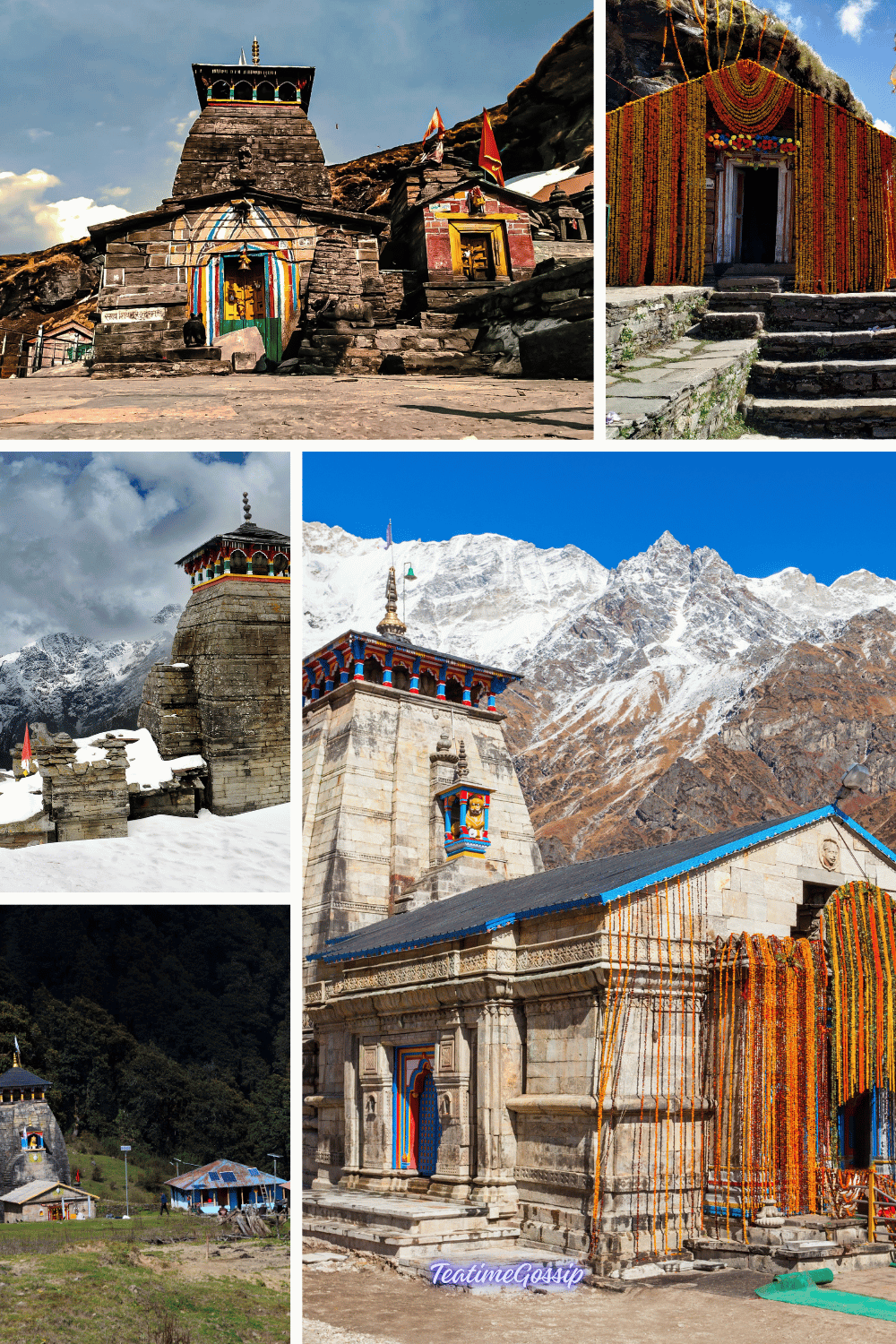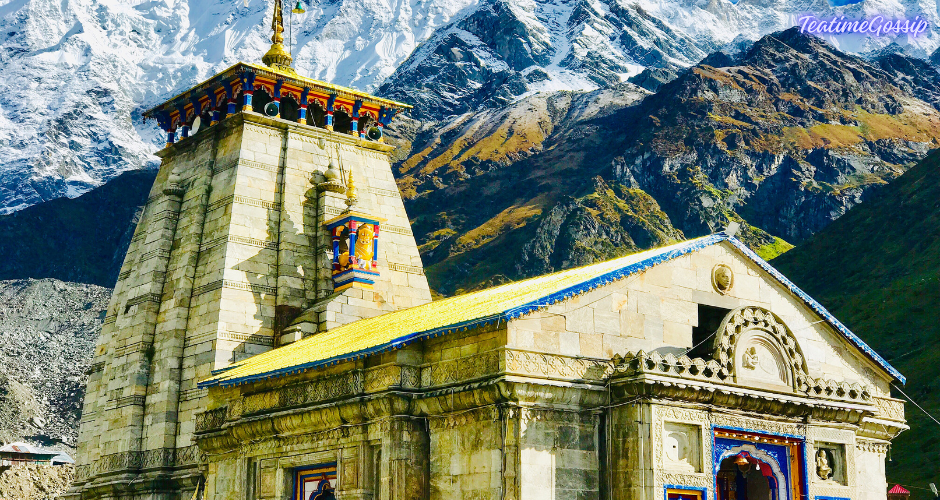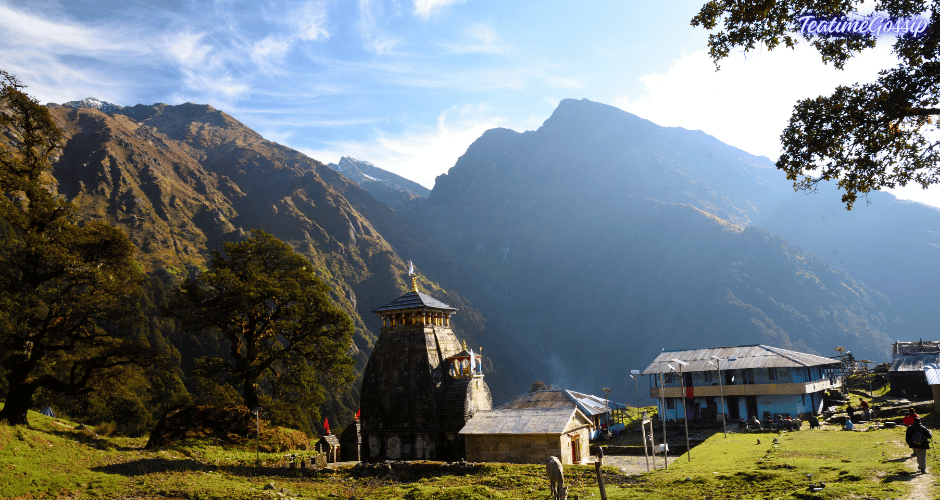Panch Kedar: The Quintessential Pilgrimage to Lord Shiva

The Panch Kedar refers to the five sacred temples dedicated to Lord Shiva, located in the Garhwal region of Uttarakhand, India. These temples—Kedarnath, Tungnath, Rudranath, Madhyamaheshwar, and Kalpeshwar—are not only important religious sites but also marvels of nature and architecture. Nestled amidst the rugged and picturesque landscapes of the Himalayas, these temples are believed to have been built by the Pandavas, the protagonists of the Mahabharata. This article delves into the significance, legends, and journey to these holy shrines.
The Legend of Panch Kedar
According to Hindu mythology, after the great war of Mahabharata, the Pandavas sought forgiveness from Lord Shiva for the sins committed during the war. Shiva, not wanting to absolve them easily, disguised himself as a bull and scattered his body parts across the region. The different parts of his body are worshipped at the five temples, collectively known as Panch Kedar.
1. Kedarnath
Location and Altitude: Kedarnath is situated at an altitude of 3,583 meters (11,755 feet) in the Rudraprayag district.
Significance: Kedarnath is the most revered among the Panch Kedar temples and is part of the Char Dham Yatra. It is believed to be the place where the hump of the bull (Shiva) appeared.
Temple Architecture: The temple, built from large, heavy, and evenly cut grey slabs of stones, stands amidst the towering peaks and the Mandakini River. Its grandeur and the surrounding snow-clad mountains create a mesmerising spiritual experience.
Journey: The journey to Kedarnath involves a 16-kilometer trek from Gaurikund. Pilgrims can also opt for ponies or helicopter services during the trekking season.

2. Tungnath
Location and Altitude: Tungnath, the highest Shiva temple in the world, is located at an altitude of 3,680 meters (12,073 feet) in the Rudraprayag district.
Significance: It is where the arms of Lord Shiva are worshipped. The temple is also part of the Panch Kedar pilgrimage.
Temple Architecture: The small but beautifully constructed temple is made of stones and features a black rock idol of Lord Shiva.
Journey: The trek to Tungnath starts from Chopta, a 5-kilometer trek through lush meadows and rhododendron forests, offering panoramic views of the Himalayas.
3. Rudranath
Location and Altitude: Rudranath is located at an altitude of 2,286 meters (7,500 feet) in the Chamoli district.
Significance: Here, the face of Lord Shiva is worshipped. The temple is surrounded by dense forests and meadows, adding to its mystical charm.
Temple Architecture: The natural rock temple is set in a serene location, surrounded by beautiful wildflowers and majestic peaks.
Journey: The trek to Rudranath is challenging, with several routes available, the most common being from Sagar Village (20 kilometres). The trail offers spectacular views of the surrounding valleys and mountains.
4. Madhyamaheshwar
Location and Altitude: Madhyamaheshwar is situated at an altitude of 3,289 meters (10,791 feet) in the Garhwal region.
Significance: This temple is where the navel (middle part) of Shiva is worshipped. It is revered for its scenic location amidst lush green meadows and the backdrop of snow-covered peaks.
Temple Architecture: The temple is built in the North Indian architectural style and features intricate stone carvings.
Journey: The trek to Madhyamaheshwar starts from Uniana village and covers a distance of about 16 kilometres through picturesque landscapes.

5. Kalpeshwar
Location and Altitude: Kalpeshwar, the only Panch Kedar temple accessible throughout the year, is located at an altitude of 2,200 meters (7,217 feet).
Significance: Here, the hair (jata) of Lord Shiva is worshipped. The temple is set in a serene and secluded location, offering a tranquil spiritual experience.
Temple Architecture: The small stone temple is set amidst dense forests and offers a peaceful retreat for pilgrims.
Journey: The trek to Kalpeshwar starts from Helang, covering a distance of about 10 kilometres. The path is relatively easier compared to the other Panch Kedar treks.
The Spiritual and Natural Splendor
The Panch Kedar temples are not just religious shrines but also epitomes of natural beauty and tranquillity. The journeys to these temples take pilgrims through some of the most picturesque landscapes in the Himalayas, including dense forests, alpine meadows, and snow-covered peaks. The combination of spiritual devotion and the awe-inspiring beauty of nature makes the Panch Kedar pilgrimage a unique and transformative experience.
The Panch Kedar pilgrimage is a profound spiritual journey that intertwines devotion, mythology, and the splendour of the Himalayas. Each temple, with its unique legend and breathtaking setting, offers a distinct experience to the devotees. Whether you seek spiritual solace, an adventurous trek, or a retreat into nature, the Panch Kedar temples provide an unparalleled journey into the heart of the Himalayas and the soul of Hindu spirituality.